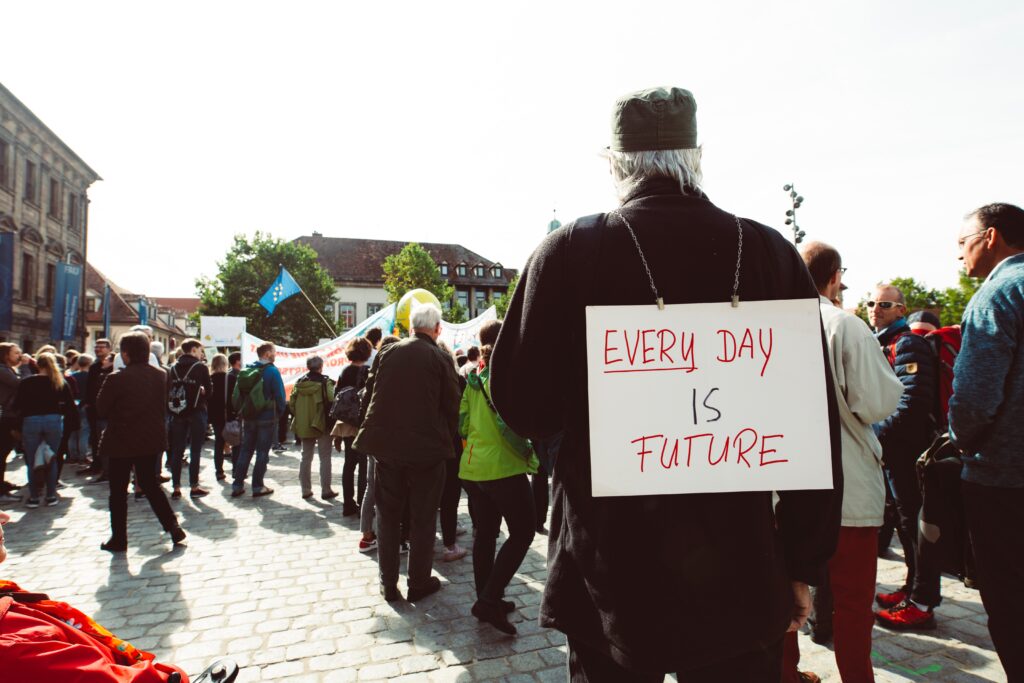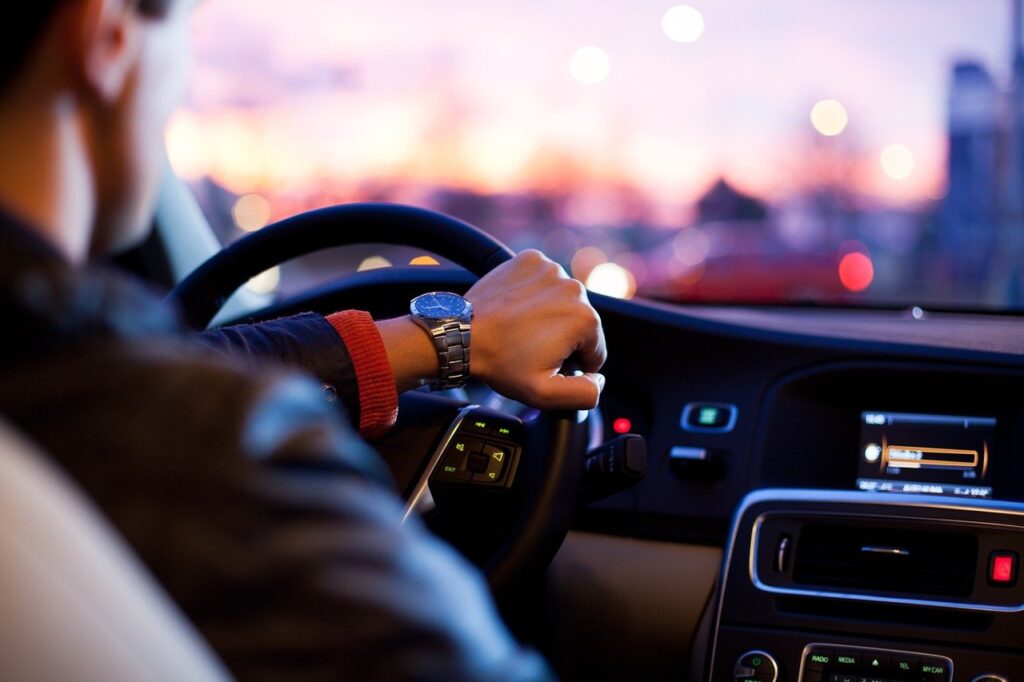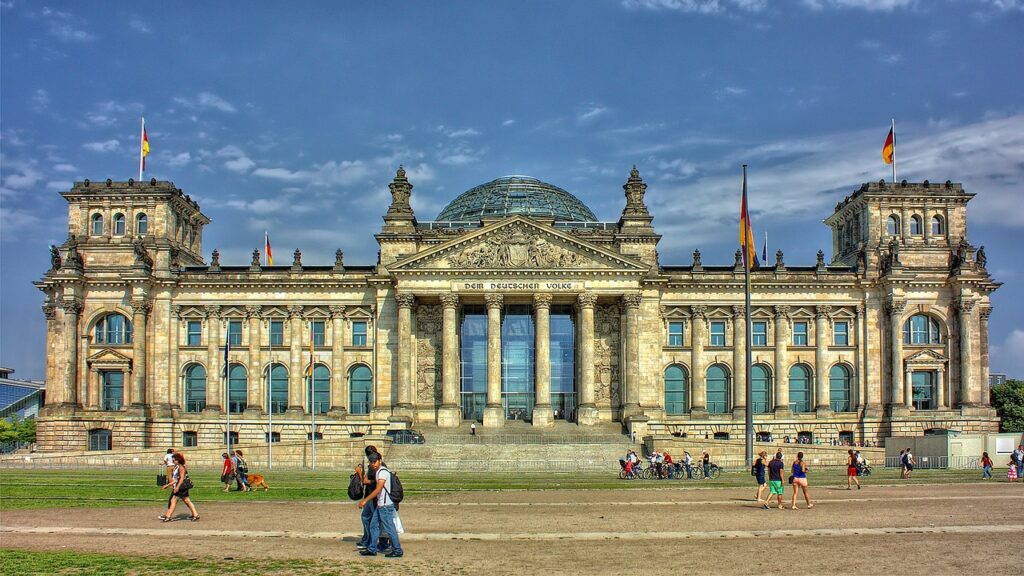What the US Armed Forces Learned After Failing to Meet Recruitment Goals
The United States military is known to utilize cutting edge propaganda in promoting new high-tech weapons, recruitment campaigns and military placement efforts. Yet in recent years, the armed forces had struggled to find new recruits, while sectors failed to meet recruitment goals. The circumstances led to the military’s comprehensive audit review of the marketing efforts and promotional departments of each armed forces sector.
Failures in Marketing and Promotions Strategies of Military Recruitment Ads
The recruitment failure left a massive gap in the army’s frontline service, despite the relaxation of some recruitment requirements. Some of which included eliminating certain grounds pertaining to behavioral issues and bad health, which would have otherwise disqualified an applicant. The audit review resulted in the downsizing of the marketing department and the dissolution of the Army Marketing and Research Group (AMRG).
According to US Army Public Affairs Media Relation Chief, Colonel Kathleen Turner, the US Army wanted to rely on its own people. That way they can better align marketing and advertising efforts with the Army’s recruiting priorities. The results of the audit review led to the reorganization and relocation to Chicago, of the Army’s national office for marketing and advertising.
Then Acting Secretary of the US Army, Ryan McCarthy admitted that they were not performing well in marketing. He said that amidst the challenges they faced, they did not have the right talent mix between uniformed personnel and civilians, including the right types of market analysts.

He added that they noticed they had issues with quality in the way they are communicating with the American people in every demographic. Older recruitment campaigns seem to suggest that a career in the military as part of a combat troop, is analogous to living a life at the tip of a long spear. Present-day campaigns carry a message of strength, giving focus on soldiers tasked to provide military support as drivers, cooks, gardeners, and mechanics: stating that they are just as important as those who go to the front lines.
The Move to Reorganize and Restructure the US Army Marketing and Promotional Departments
The restructuring and reorganization of the US Army’s marketing and promotional department enabled the United States Army Recruiting Command (USAREC) to gradually achieve its goals. The shift in strategies involved embracing modern marketing techniques —- including having army memes, short videos of army training and recruitment and not just campaign ads to appear in the Internet, specifically in the top pages of Google’s search engine results pages (SERPS).

The US Army embraced modern viral marketing techniques in grabbing the attention of Gen Zs by way of the TikTok social networking platform and video game streaming platform Twitch. The US Army finally understood that Gen Z’s attention tends to move at a faster pace and that marketing materials can fail quickly.
Apparently, today’s US Army marketing campaigns resonate with younger people. They have helped the USAREC make up for the shortfalls of the previous years. Adopting the modern ways of launching and running military marketing and promotional ads have kept enough armed forces boots on the ground to achieve military goals.




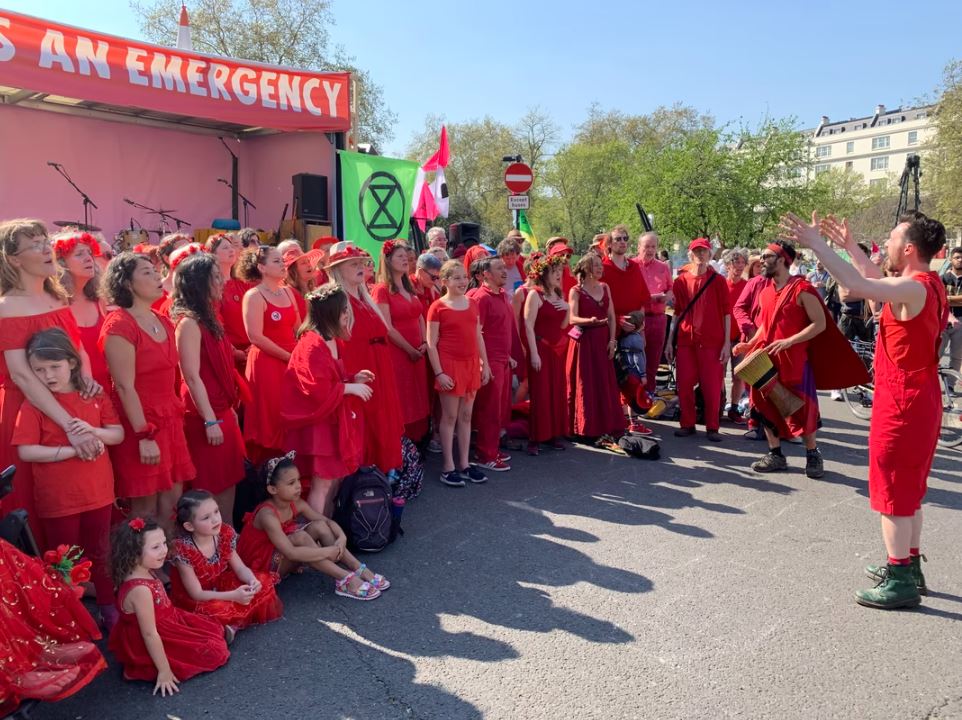
 Amidst historic wildfires and a world pandemic, virtual worlds hold a direct appeal. Yet, lot of parents fear that video games pose risks of their own—that these enticing digital ecosystems may interfere with children’s physical, emotional, and cognitive development. Check download pc games gs2us to know more about games. Institute of Digital Media and Child Development made a gaggle of the world’s leading researchers, psychologists, former gamers, and educators to debate the newest research on this favorite adolescent pastime and develop these practical tips for folks.
Amidst historic wildfires and a world pandemic, virtual worlds hold a direct appeal. Yet, lot of parents fear that video games pose risks of their own—that these enticing digital ecosystems may interfere with children’s physical, emotional, and cognitive development. Check download pc games gs2us to know more about games. Institute of Digital Media and Child Development made a gaggle of the world’s leading researchers, psychologists, former gamers, and educators to debate the newest research on this favorite adolescent pastime and develop these practical tips for folks.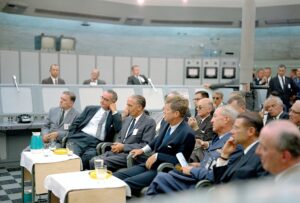
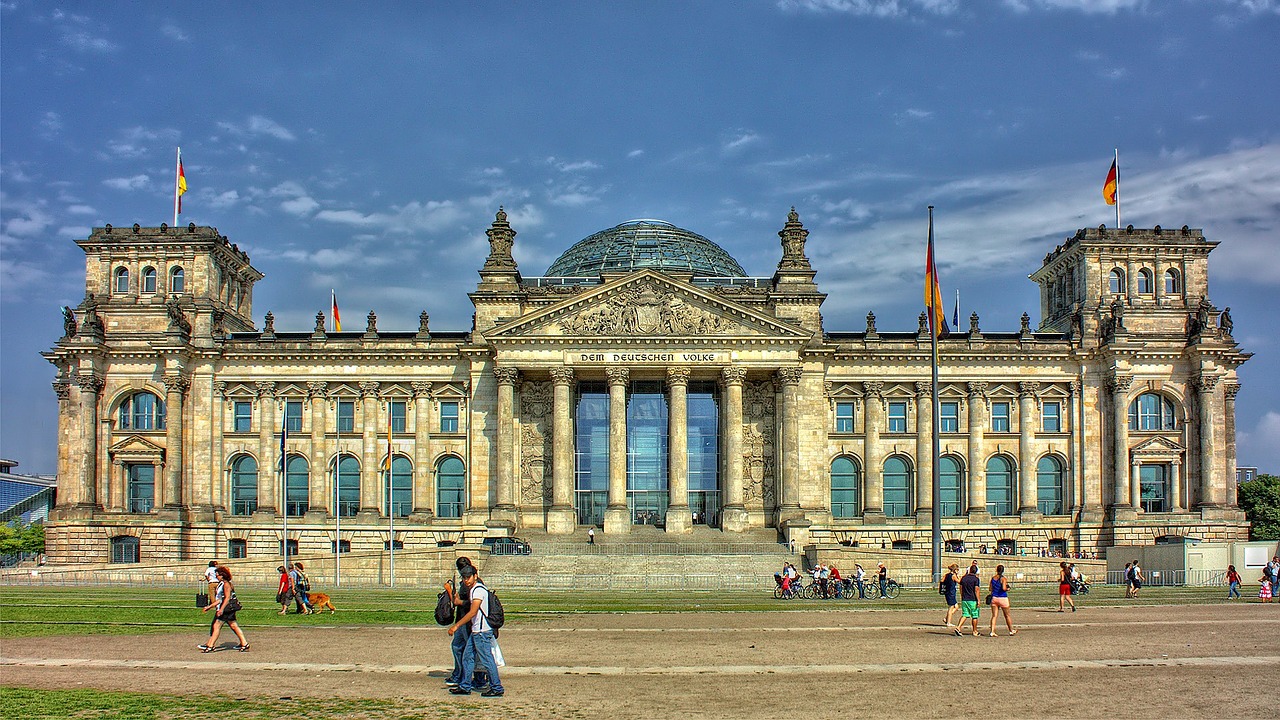

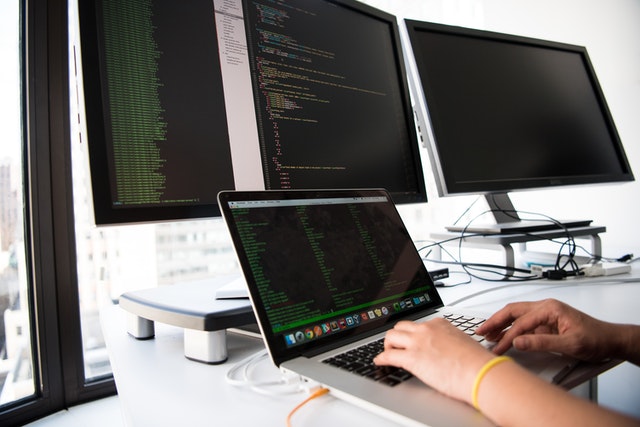 For many, Microsoft Word is the central program in the series and for most is the word processing program par excellence.
For many, Microsoft Word is the central program in the series and for most is the word processing program par excellence.
